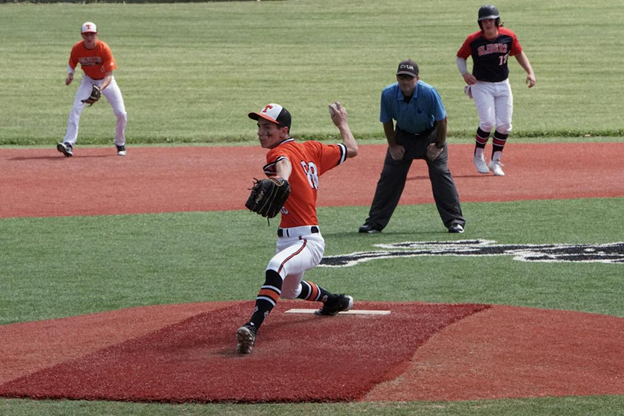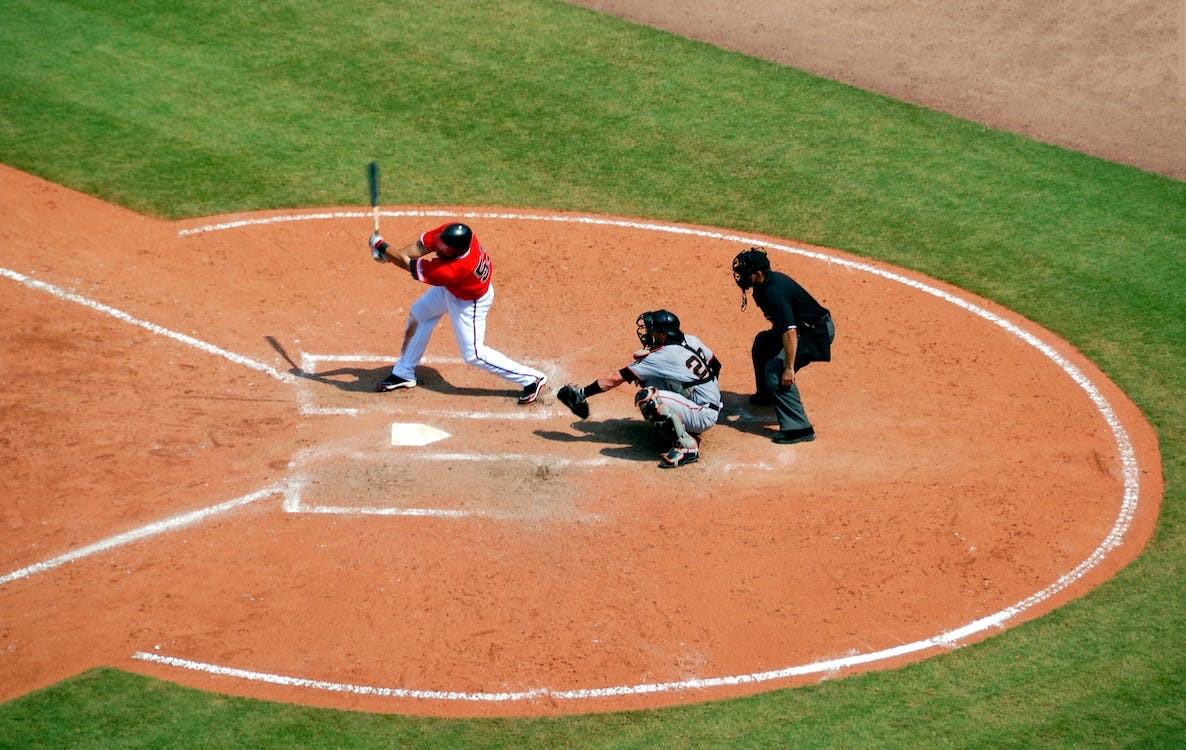The history of Negro League Baseball is a tale of resilience, talent, and societal challenges that shaped one of the most significant chapters in American sports. Emerging in the early 20th century as a response to racial segregation, the Negro Leagues provided a platform for African American baseball players to showcase their skills and compete at the highest level. This pioneering era, however, faced numerous obstacles that ultimately led to its rise and fall.
The Rise of Negro League Baseball:
Negro League Baseball found its roots amid racial segregation in the United States. As Major League Baseball (MLB) barred African American players from participating in the league, black players sought alternative avenues to pursue their passion for the sport. In 1920, the Negro National League (NNL) was established by Rube Foster, a former player and executive. This marked the official beginning of organized African American baseball.
The NNL paved the way for other leagues, such as the Eastern Colored League (ECL) and the Negro Southern League, to emerge, fostering a vibrant and competitive environment. Teams like the Kansas City Monarchs, Homestead Grays, and the Birmingham Black Barons showcased remarkable talent and became the pride of African American communities. These teams provided entertainment and served as sources of inspiration for aspiring black athletes.
The Stars of the Negro Leagues:
Negro League Baseball was home to some of the most exceptional talents in the history of the sport. Players like Josh Gibson, often called the "Black Babe Ruth," displayed extraordinary prowess at the plate. Gibson's powerful swing and ability to hit towering home runs made him a legend in the Negro Leagues. Satchel Paige, another iconic figure, dazzled fans with his pitching skills, earning the nickname "The Black Ace."
These players, along with many others, were denied the opportunity to showcase their talents in the Major Leagues due to the color barrier. However, their impact on the game and their contributions to the legacy of Negro League Baseball cannot be overstated. If you want to learn more about baseball, Steve Dunn’s "Pug Fireball and Company: 116 Years of Professional Baseball in Des Moines, Iowa" is the right fit for you. You can also visit Iowa Baseball History.
Challenges and Triumphs:
The success of Negro League Baseball came amidst immense challenges. Teams faced financial struggles, as they often played in makeshift stadiums and had limited resources. The players endured grueling travel conditions, with long bus rides and limited accommodations. Despite these obstacles, the Negro Leagues thrived due to the unwavering passion of the players, the support of the African American community, and the sheer talent displayed on the field.
The Integration of Major League Baseball:
The demise of the Negro Leagues began with the gradual integration of Major League Baseball. In 1947, Jackie Robinson broke the color barrier, becoming the first African American player in the MLB when he joined the Brooklyn Dodgers—this historic moment marked a significant shift in the landscape of American sports.
As more black players followed Robinson's footsteps, the Negro Leagues saw a decline in talent and attendance. Fans were drawn to Major League Baseball, eager to witness the integration of the sport and see their favorite Negro League stars compete on a larger stage. This integration, while a pivotal moment in the fight against racial segregation, signaled the end of the Negro Leagues era.
Legacy and Recognition:
Despite its eventual decline, the Negro Leagues left an indelible mark on the history of baseball and the struggle for racial equality. The courage and skill of the players, the resilience of the teams, and the unwavering support from the African American community showcased the power of sports as a vehicle for social change.
In recent years, there has been a concerted effort to recognize and celebrate the legacy of Negro League Baseball. In 2020, Major League Baseball officially recognized the statistics and records of the Negro Leagues, acknowledging the contributions of these players to the broader history of the sport.

Conclusion:
The rise and fall of Negro League Baseball represent a pioneering era in American sports, marked by both triumphs and challenges. The league provided a platform for African American players to showcase their talents, fostering a sense of pride and community. The integration of Major League Baseball signaled progress in the fight against racial segregation but came at the cost of the Negro Leagues' existence. As we reflect on this pivotal chapter, it is essential to recognize and honor the contributions of the players, teams, and communities that made Negro League Baseball an enduring legacy in the history of American sports.





